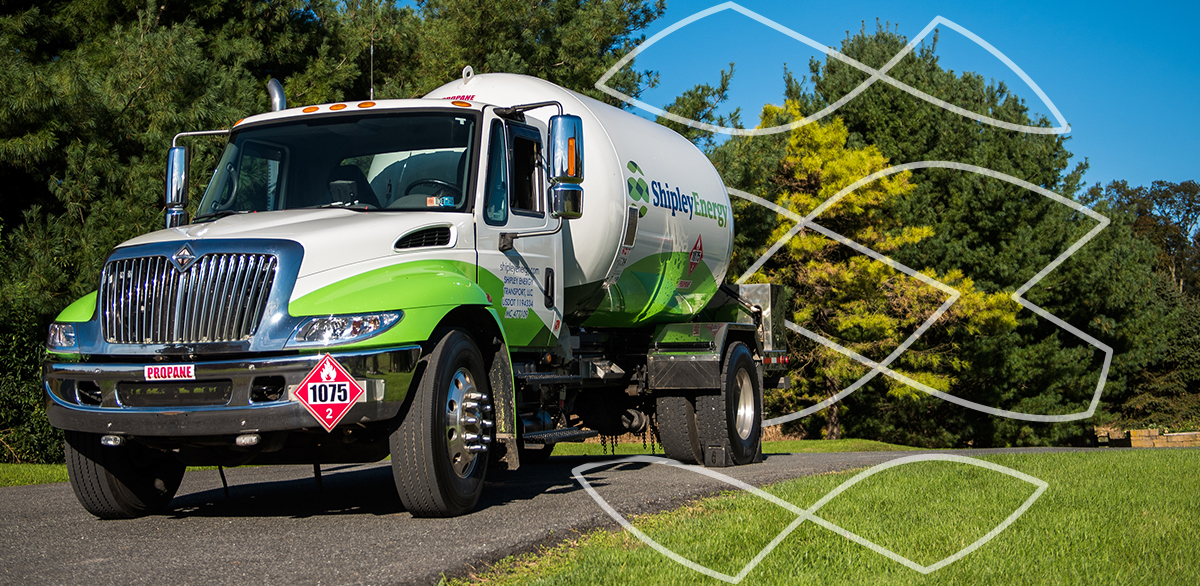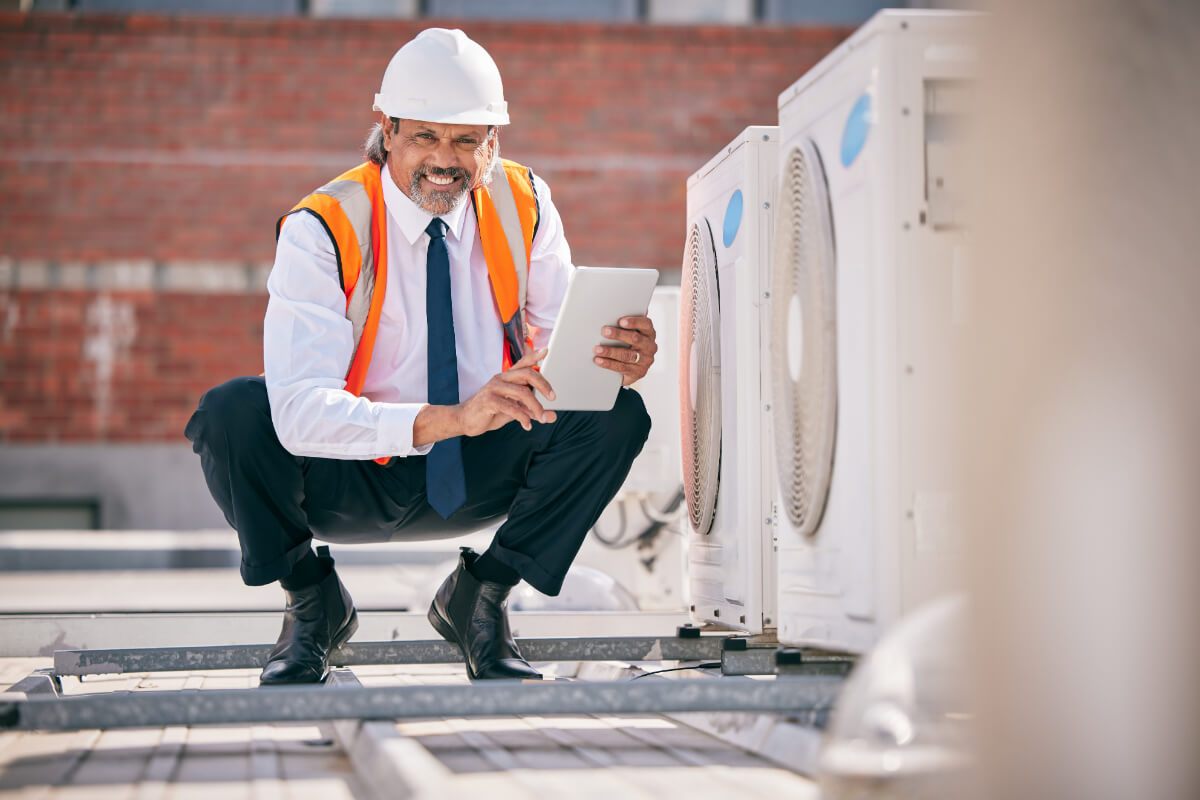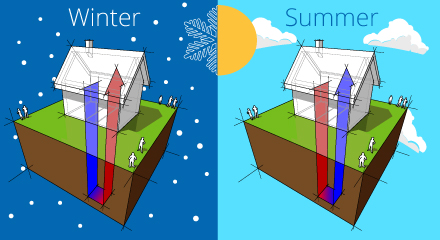Differentiating Between Types of Geothermal Energy
First, let’s differentiate between geothermal energy and geothermal heating and cooling. Geothermal energy most properly pertains to the energy coming from deep inside the Earth. That energy sometimes manifests as a volcano, a geyser, or perhaps boiling mud or a hot springs mineral bath.
Although that form of geothermal energy can sometimes be harnessed for home use, it is only available at specific locations on the Earth’s surface. There are many of these locations in Japan, Iceland and throughout the Western USA. If you don’t live close to one of points where shallow geothermal sources can be tapped, then that form of geothermal energy is not directly available for you.
Although that energy is not directly available to you, you can still take advantage of it. By putting a larger energy system in place to harness that energy and transmit it to you over a distance, geothermal energy could provide an indirect source of energy for your home. For example, hot steam from below the ground can be used to spin a turbine, which in turn creates electricity. That electricity is then transmitted via the standard energy grid. Many locations across the globe offer the potential for tapping into deeper sources of geothermal energy, converting that energy into electricity, then delivering it to points far away.
But when most people talk about using geothermal for their home, what they mean is a system that can generate energy based on the differential between the outside air temperature and the temperature about four to six feet below ground. That’s a form of geothermal energy, and it’s usually called geothermal heating and cooling.
Technically, many engineers would say that this sort of energy isn’t really “geothermal” at all, because there’s no direct energy coming from a geyser or other heat source that can be converted to electricity. Systems that work on the heat differential between outside air and the temperature below ground are sometimes called “ground source heat pumps.” Sometimes you’ll see the term “geothermal heat pump” instead. These terms are more technical substitutes for the same general idea.
Electricity
Natural Gas
Heating Oil
Propane
HVAC Services
Electricity
Natural Gas
Renewable Energy
HVAC Services
Delivered Fuels
Fuels Services














